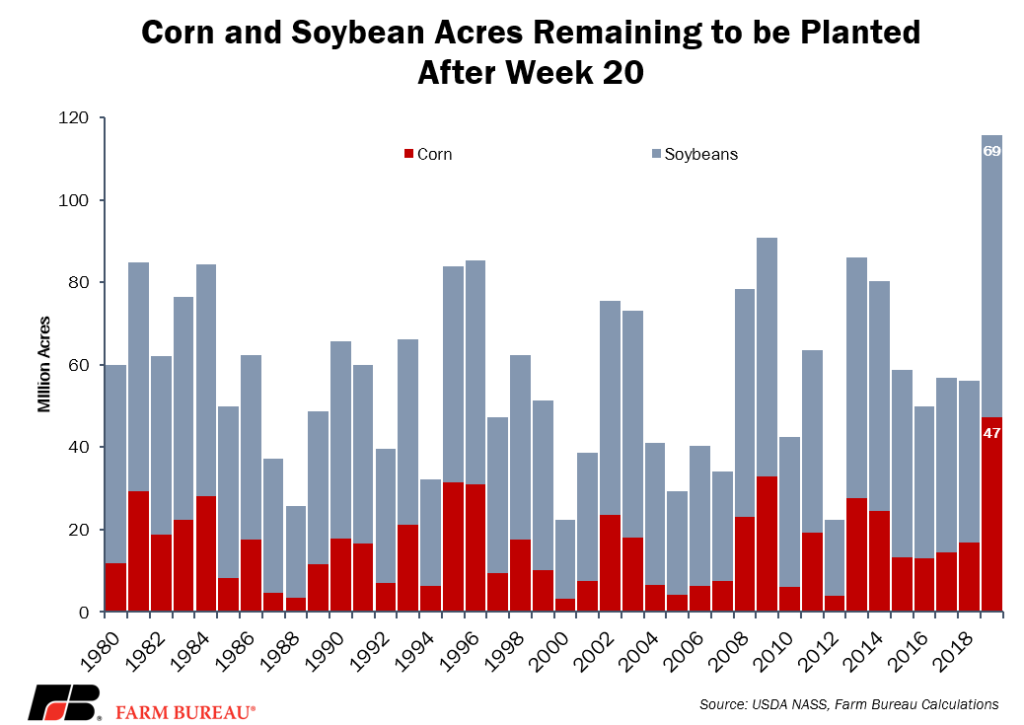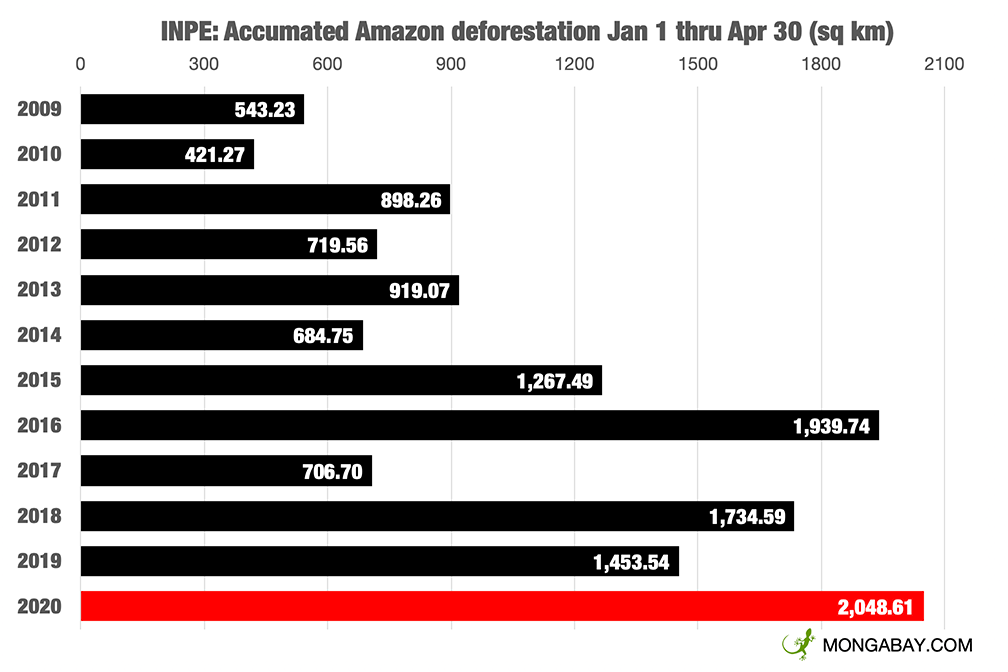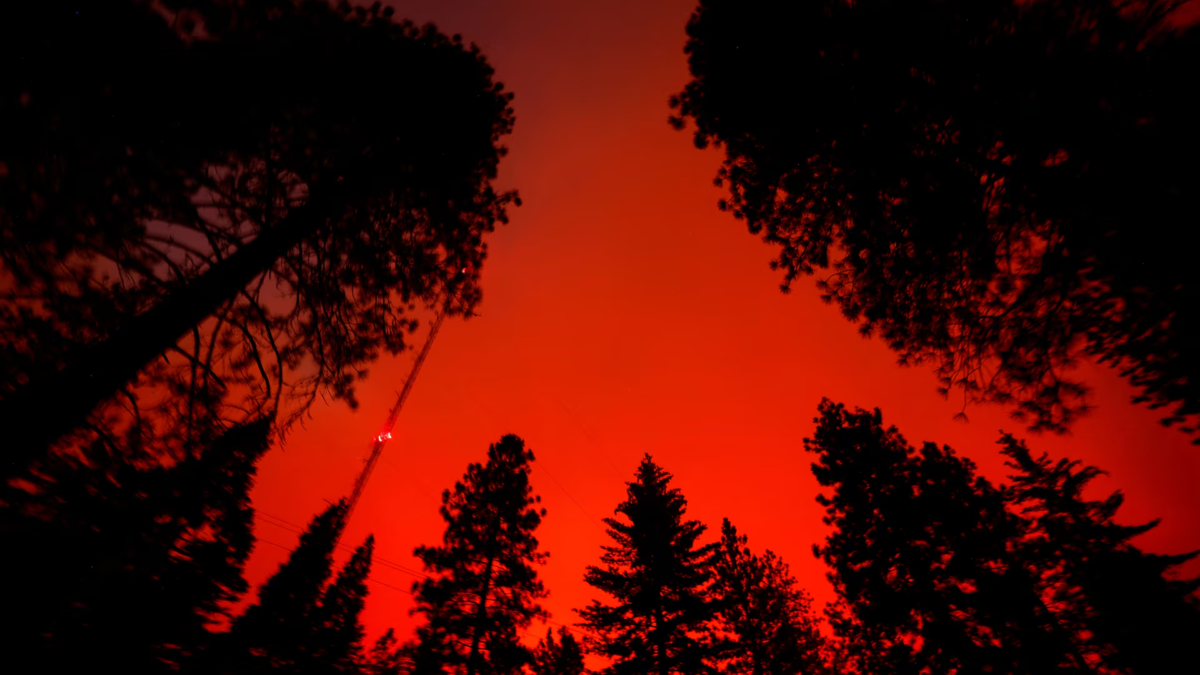Flooded farms in the U.S. Midwest can’t plant crops – Corn and soybean acres not planted at record high – “The frequency of these disasters, I can’t say we’ve experienced anything like this since I’ve been working in agriculture”

By Michael J. Coren
30 May 2019
(Quartz) – The angst on farmer Twitter is palpable. Across the Midwest, torrential rains have soaked the fields, leaving the sodden soil unsuitable for planting millions of acres with corn, soybeans, and other crops, presaging a terrible harvest. Seeds are usually in the ground this time of year. But thanks to floods, unrelenting rains, hail, and scores of tornadoes—nearly 200 more than average (paywall) by this point in the year—the season is off to one of the worst starts in history. #NoPlant19 is trending on Twitter.
In Oklahoma, every county is in a state of emergency. The Midwest is having its wettest 12 months ever (paywall). These extremes follow on a blistering 2018, the fourth hottest year on Earth, just behind “2016 (warmest), 2015 (second warmest), and 2017 (third warmest),” according to the 139-year climate record of the U.S. National Oceanographic and Atmospheric Administration.

Every day tractors don’t enter the fields means a higher chance of crop failure (and less crop insurance on whatever makes it into the ground). On May 28, the USDA announced that US farmers have just 58% of their corn crop in the ground (versus a five-year average of 90% by this time) and 29% of the soybean crop (compared to 66%). Those are among the lowest rates in history. Other farmers may end up planting nothing and have declared a total crop loss.
“The frequency of these disasters, I can’t say we’ve experienced anything like this since I’ve been working in agriculture,” John Newton, chief economist at the American Farm Bureau Federation, told the Washington Post (paywall). [more]
As the climate crisis heats up, flooded farms in the Midwest can’t plant corn


